13 Strange Bioluminescent Species and Their Role in Nature
Bioluminescence: A Phenomenon in Nature:
- Organisms produce and emit light, a phenomenon found across ecosystems.
- Serves various purposes, including communication, mating rituals, hunting, and defense.
- Some creatures use it as a lure to attract prey, while others glow to ward off predators or blend into their environment.
- 14 unique species explore their roles in nature, from fireflies to deep-sea jellyfish.
Firefly (Lampyridae family)
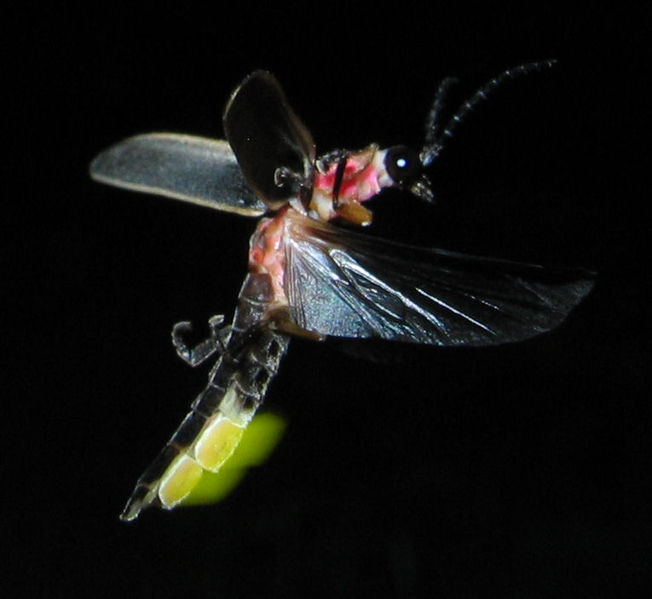
Firefly Bioluminescence and Their Role:
- Fireflies emit glowing abdomens due to bioluminescence.
- Males flash in specific patterns to attract females.
- Light produced by luciferin, luciferase, oxygen, and ATP.
- Some fireflies use glow as a defense mechanism.
- Fireflies’ unique glow control sets them apart.
- Some species have green or yellow light.
- Fireflies control insect populations and are captivating.
Anglerfish (Lophiiformes order)
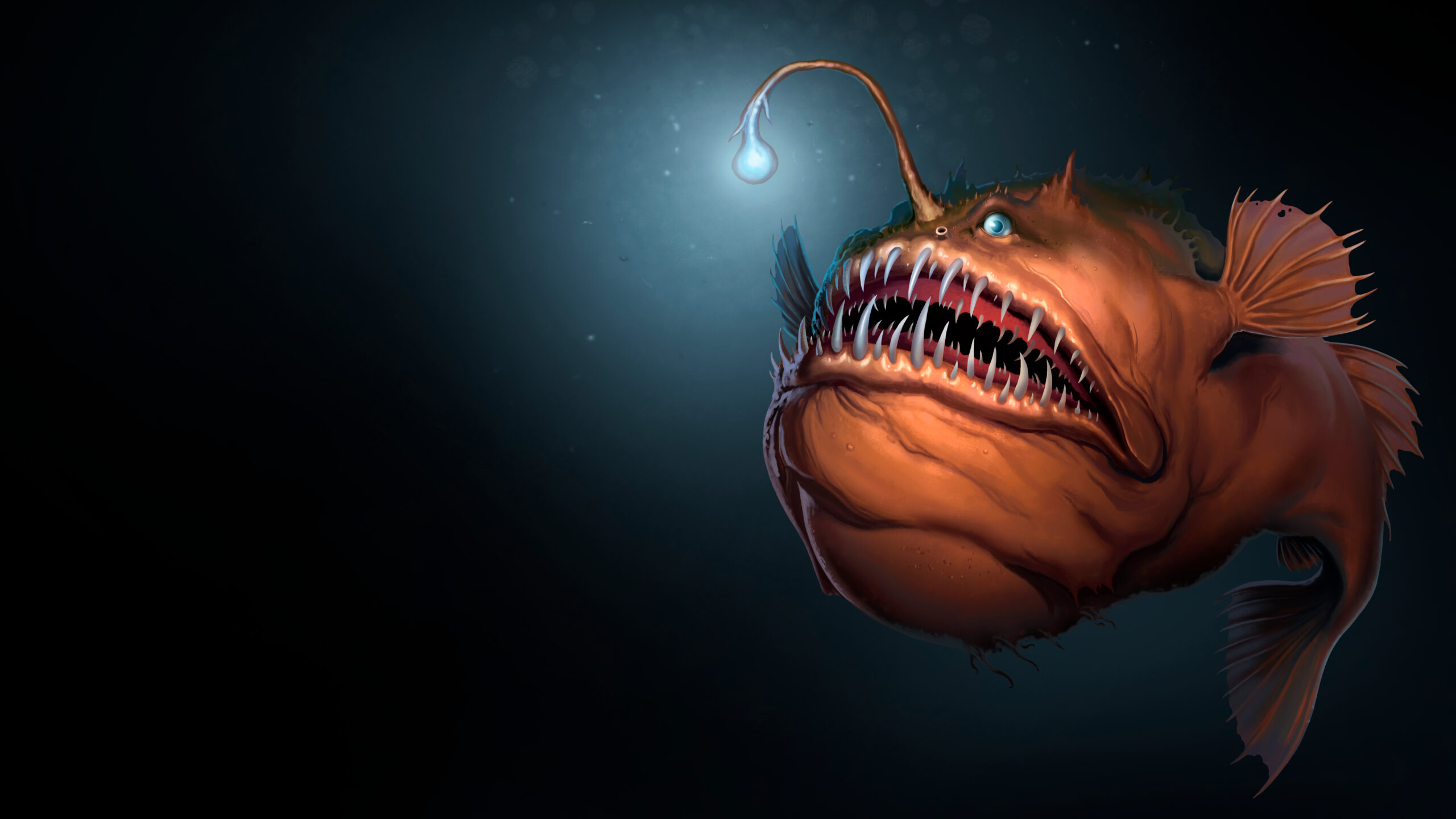
Anglerfish’s Bioluminescent Lure:
- Deep-sea dwellers use bioluminescent lures to attract prey.
- Lure is a modified dorsal fin spine with glowing bacteria.
- Light from bacteria attracts unsuspecting fish or invertebrates, aiding capture.
- Adaptation critical for survival in dark, food-scarce environments.
- Light produced by bacteria is often blue or green, effective in water.
- Some species have evolved larger lures or multiple light sources.
- Bioluminescence is an evolutionary adaptation to extreme conditions.
Bioluminescent Bay (Mosquito Bay, Vieques, Puerto Rico)
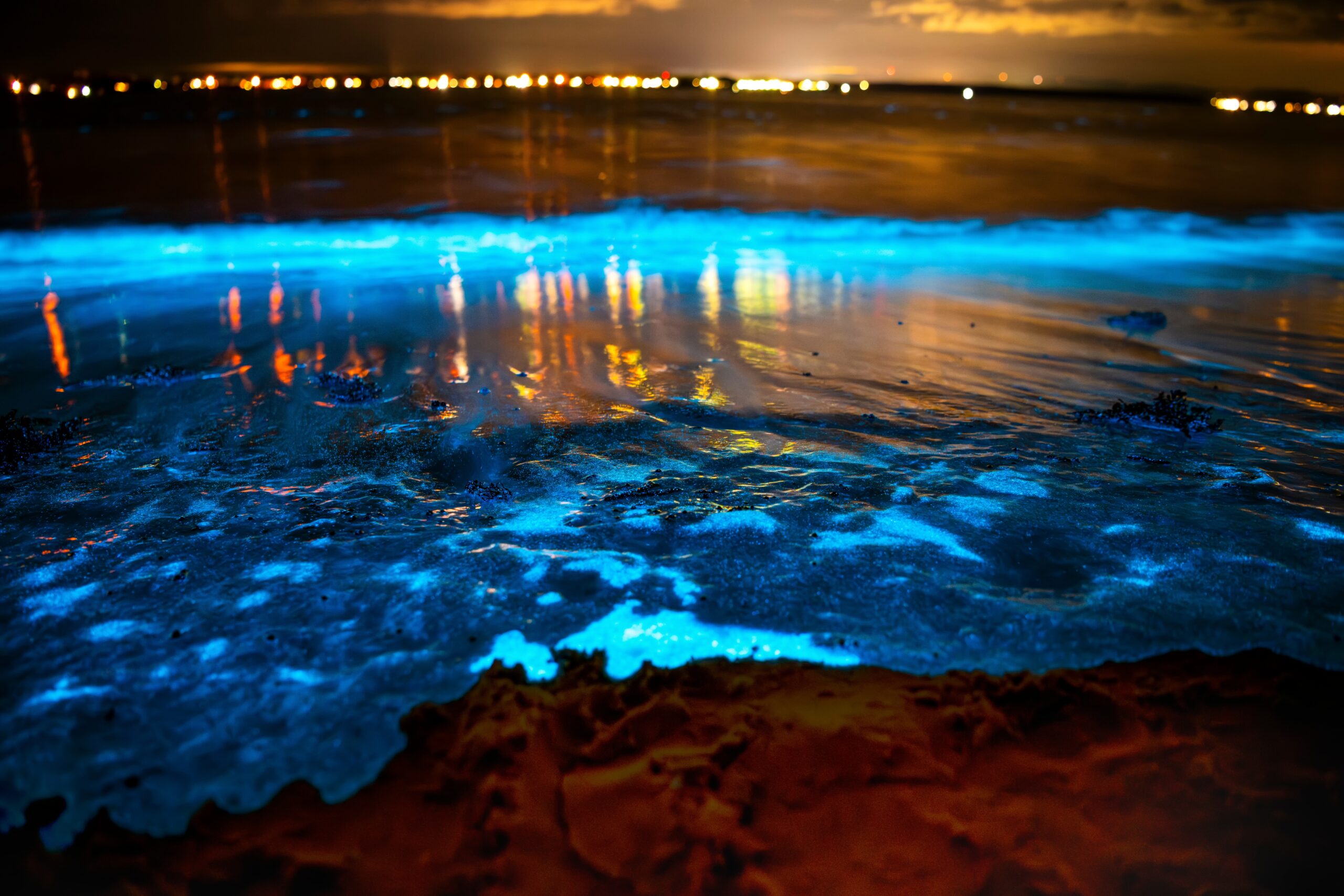
Mosquito Bay, Puerto Rico: Bioluminescent Dinoflagellates:
- Home to millions of bioluminescent dinoflagellates.
- Light emits when disturbed, creating a mesmerizing glow.
- Light produced by luciferin chemical reaction, catalyzed by luciferase enzyme.
- One of the brightest bioluminescent sites globally due to large concentration.
- Conservation efforts aim to protect from overdevelopment and pollution.
- Offers insight into the beauty and functionality of bioluminescence.
Firefly Squid (Watasenia scintillans)
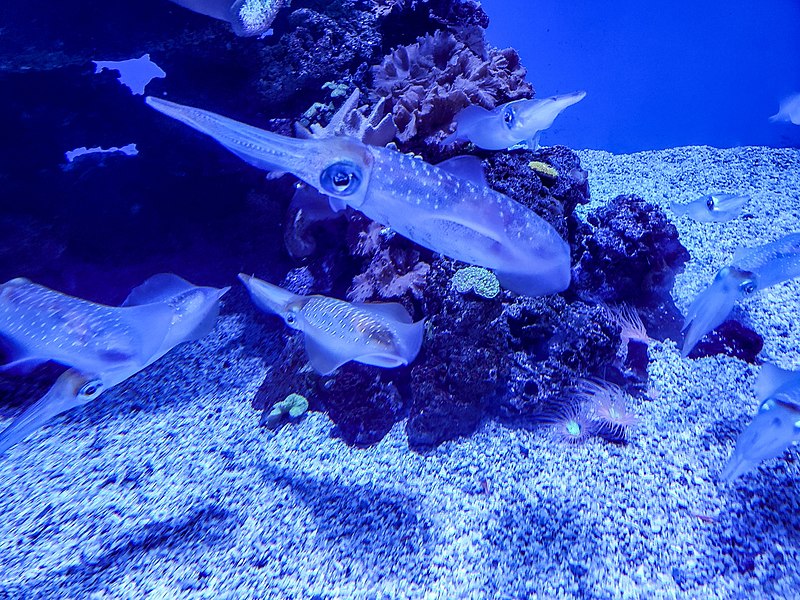
Firefly Squids in Japan: Bioluminescent Species:
- Small bioluminescent species, measuring a few centimeters.
- Use bioluminescence for communication, mate attraction, and hunting display.
- Body covered in photophores, light-producing organs.
- Uses light to blend into environment, masking shadow.
- Gather in large groups during mating season.
- Bioluminescent display serves as a form of communication within the species.
Glow-worm (Lampyridae species)
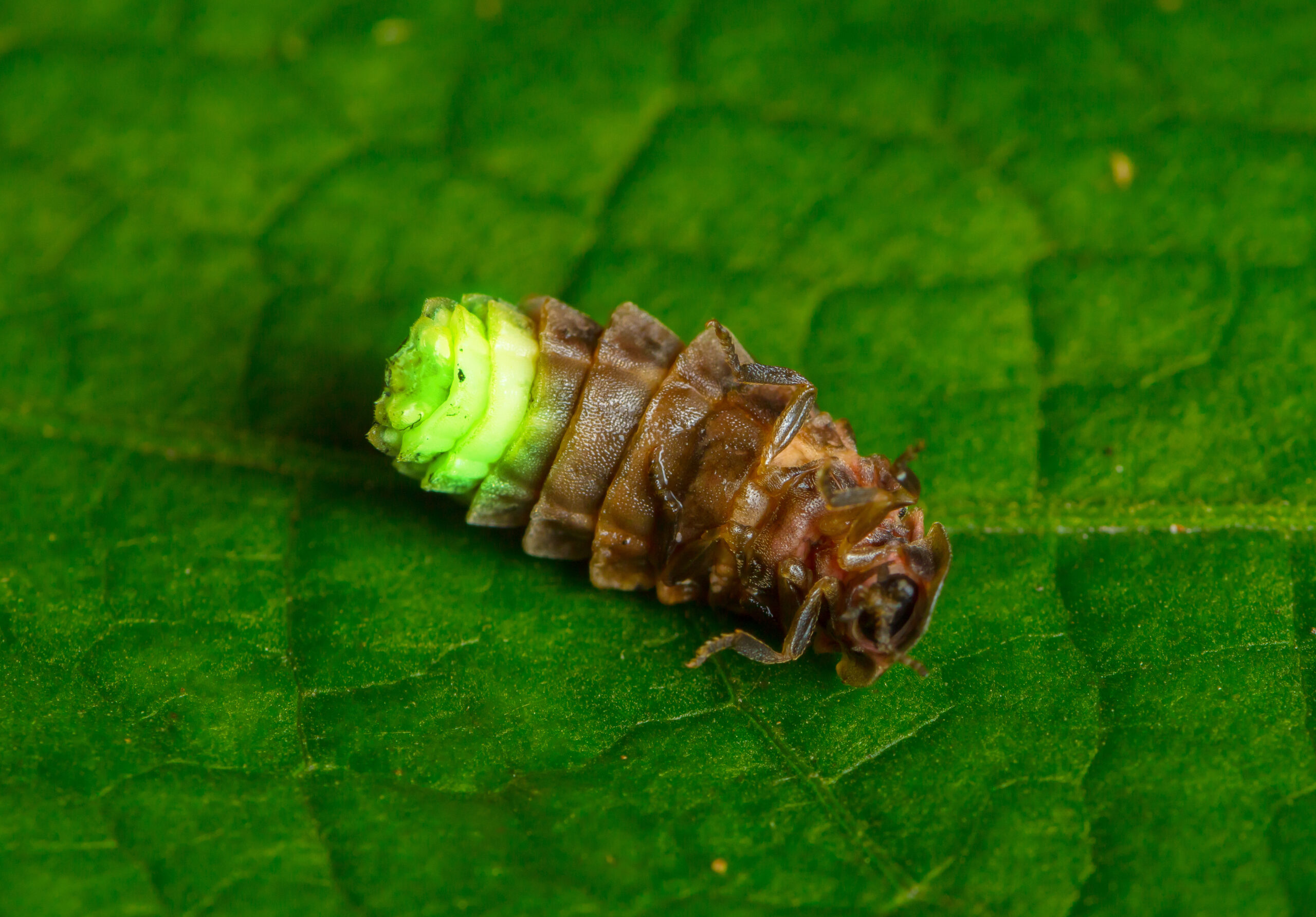
Glow-worms: Firefly Larvae:
- Glow-worms, larval stage of fireflies, use bioluminescence to attract insects.
- They emit a steady greenish light, trapping flying insects in sticky silk threads.
- The luminescence is produced in specialized organs on the lower side of their bodies.
- The light is a result of a chemical reaction involving luciferin, oxygen, and luciferase.
- Glow-worms can remain in their larval stage for months before pupating.
- Found in dark, humid environments like caves, forests, or coastal cliffs.
Lanternfish (Myctophidae family)
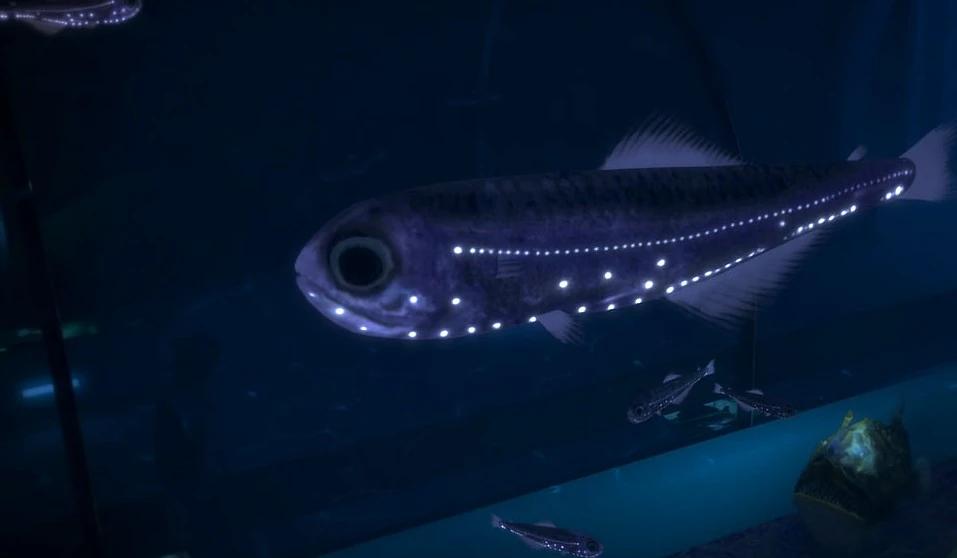
Lanternfish Bioluminescence and Survival:
- Lanternfish are deep-sea fish with bioluminescent organs.
- These organs emit light to aid in camouflage and predator avoidance.
- The light, typically blue or green, penetrates the ocean’s depths.
- Males emit specific light patterns to signal females during spawning.
- Their bioluminescence also aids in predation by attracting smaller prey.
- Among the most abundant ocean creatures, their bioluminescence is crucial for survival.
Jellyfish (Aequorea victoria)
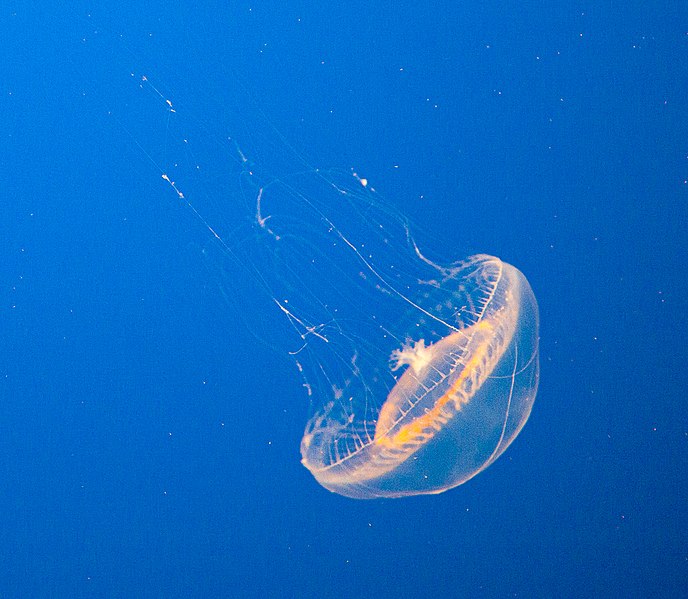
Aequorea Victoria: Bioluminescent Species:
- Known for its green-blue hue.
- Produces light through GFP protein, used in biotechnology.
- Bioluminescence responds to physical disturbances like predator touch.
- Glow signals potential threats and attracts prey like plankton.
- Light-emitting properties used in medical and genetic studies.
- Offers insights into cellular processes.
Glow-worm (Arachnocampa luminosa)
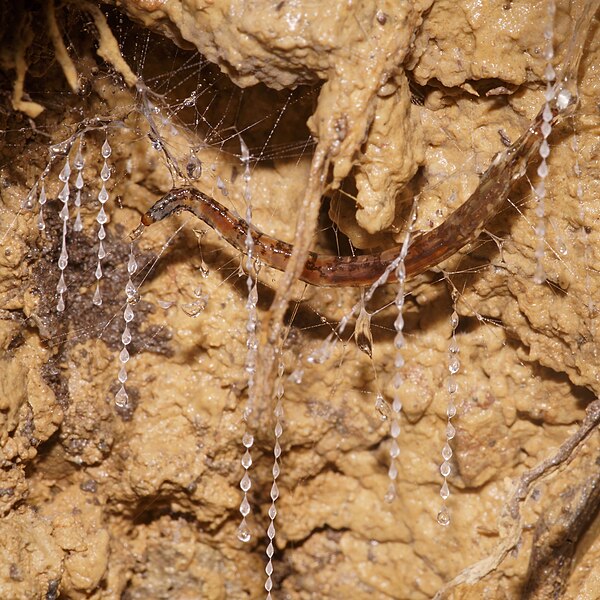
Glow-worm: An Ambush Predator
- Found in New Zealand and Australia’s caves and forests.
- Known for bioluminescence to attract prey.
- Larvae emit steady blue-green light, attracting flying insects.
- Insects, often moths, become trapped in the glow-worm’s silk threads.
- Glow is a biochemical reaction similar to fireflies, involving luciferin and luciferase.
- Glow-worms pupate into adult flies, no longer glowing.
- thrive in moist, shaded areas.
Deep-Sea Comb Jelly (Mnemiopsis leidyi)
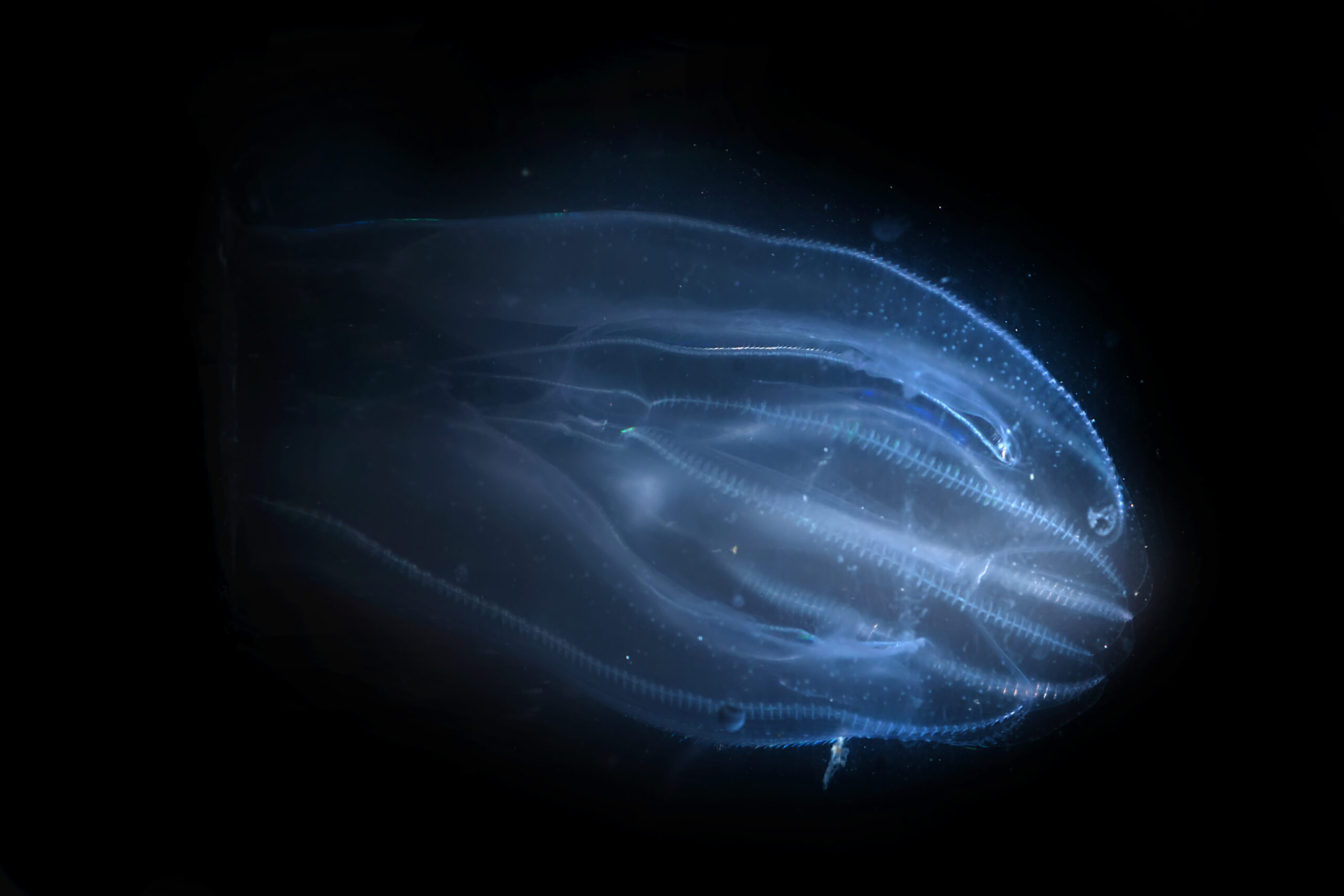
Deep-Sea Comb Jelly: A Bioluminescent Phenomenon:
- Deep-sea comb jelly, also known as the sea walnut, glows due to light reflection and refraction within its cilia.
- This glow is not caused by chemical reactions but by light manipulation through its microscopic combs.
- These displays serve as camouflage or communication, helping the jellyfish blend into its surroundings or attract prey.
- The jellyfish is a voracious predator, feeding on plankton and other marine creatures.
- In areas with scarce plankton, its glow may attract other animals, increasing resource competition.
Bioluminescent Fungi (e.g., Mycena species)
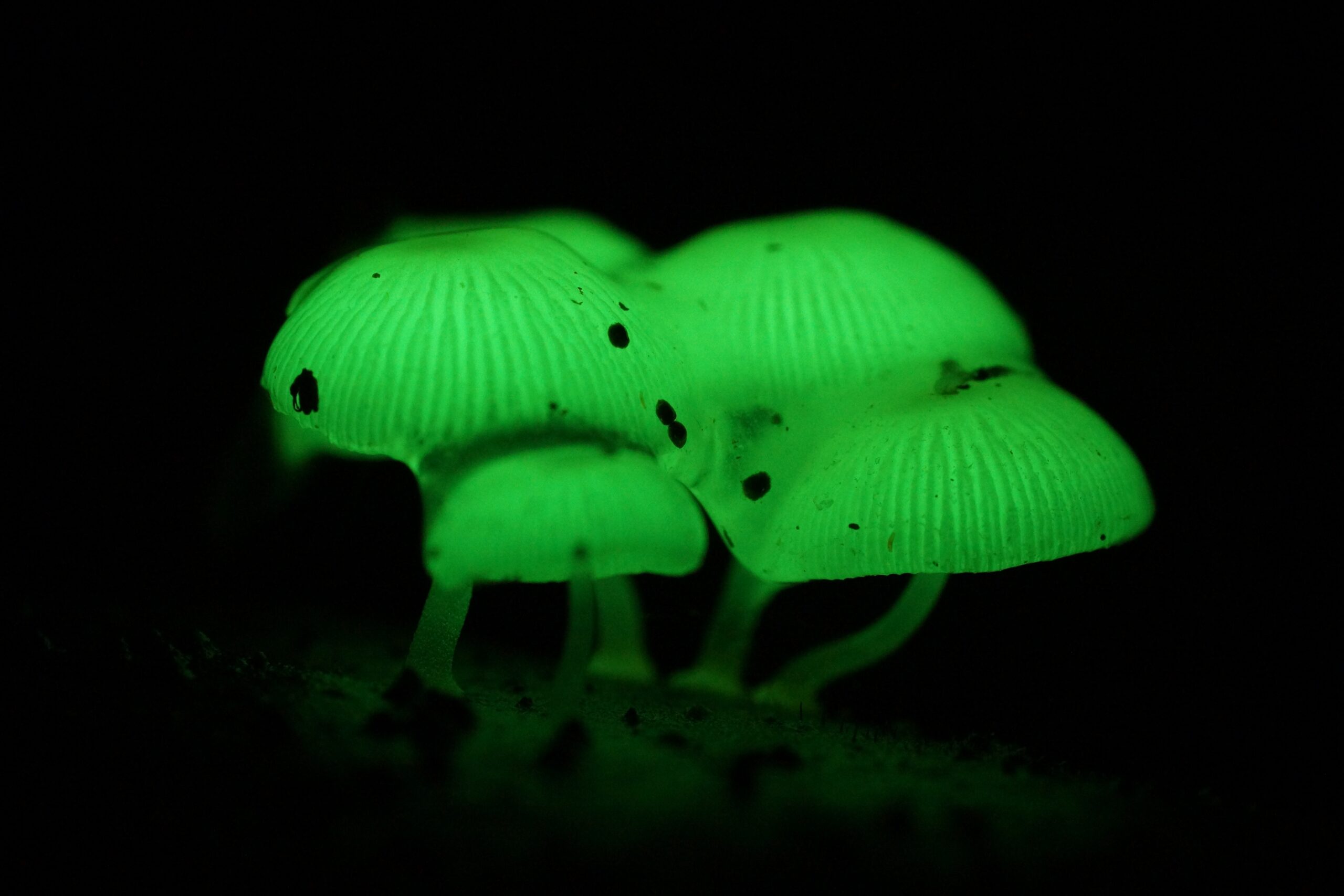
Bioluminescent Fungi and Forest Health:
- Bioluminescent fungi like Mycena emit a soft glow, referred to as “foxfire” or “fairy fire,” to attract insects.
- These fungi use their glow to enhance reproductive success, not for predation or defense.
- The light is a result of chemical reactions involving luciferase and luciferin.
- The glow may deter herbivores from feeding on them.
- Found in decaying wood and moist environments, their presence indicates the health of forest ecosystems.
GloFish (Genetically modified Zebrafish)
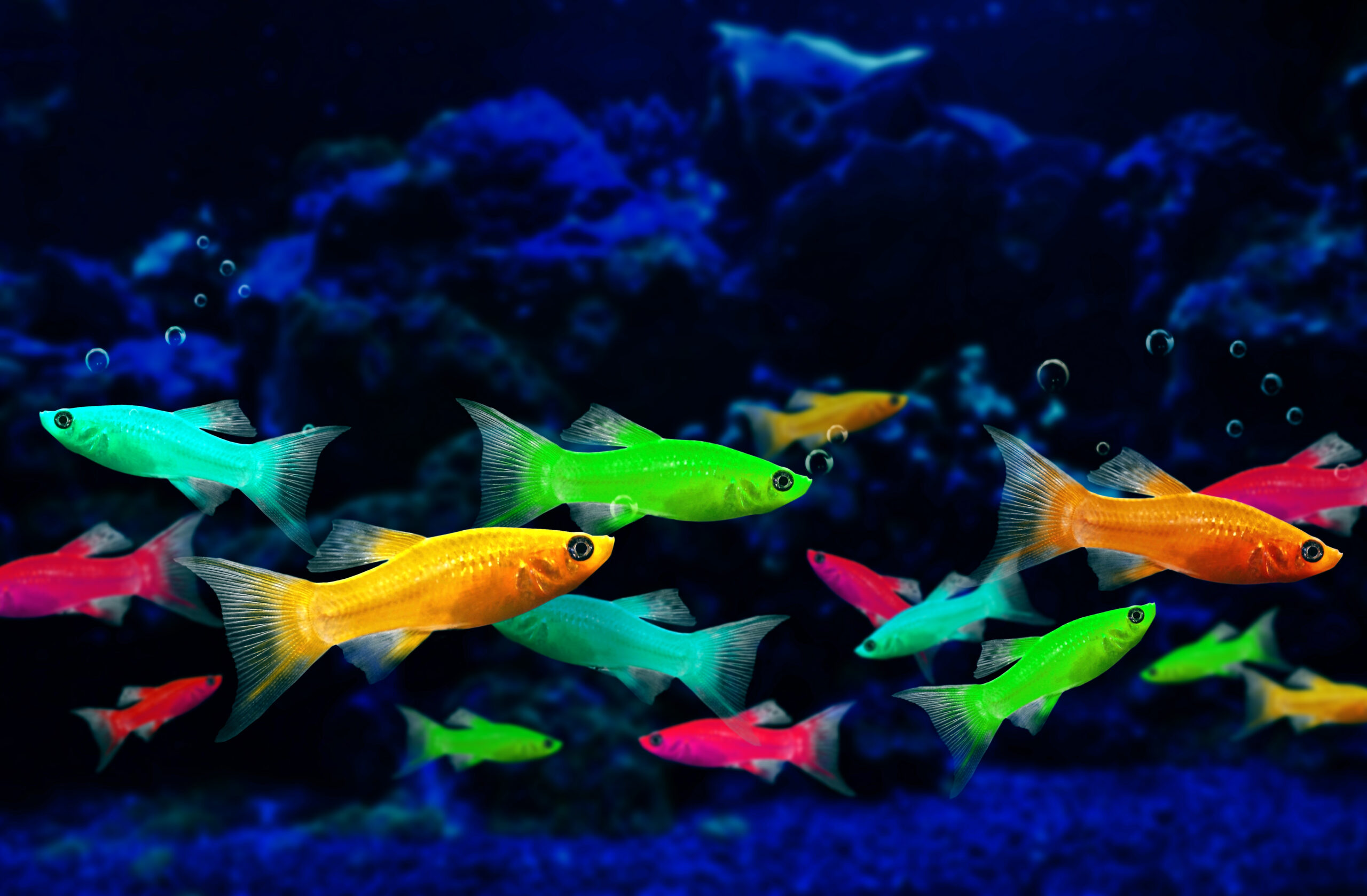
GloFish: Genetically Modified Pets:
- GloFish, the world’s first genetically modified pets, glow in bright colors due to a gene from bioluminescent marine organisms.
- Originally created to detect environmental pollutants, they fluoresce under certain conditions.
- The fluorescent gene used in GloFish comes from jellyfish and sea anemones, producing green and red light respectively.
- The fish’s bioluminescence sparks interest in biotechnology and aquaculture.
- GloFish serve as visual indicators of health and environmental conditions, contributing to the biotechnology industry’s understanding of gene expression.
Glowing Plankton (Noctiluca scintillans)
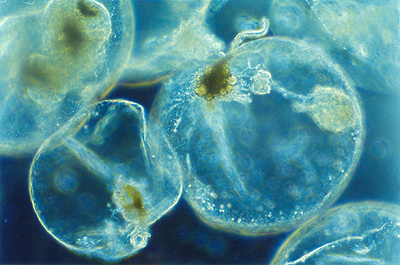
Noctiluca scintillans: Exceptional Marine Plankton
- Known for its brilliant blue bioluminescence, illuminating coastal waters.
- Produced through chemical reactions when disturbed, serving as a defense mechanism.
- Often seen in large blooms, creating glowing waves along coastlines.
- Demonstrates “dynamism,” fluctuating intensity in response to external stimuli.
- Essential part of marine food webs, feeding on other plankton.
- In some cultures, these glowing phenomena inspire myths and legends symbolizing magical or otherworldly forces.
Vampire Squid (Vampyroteuthis infernalis)
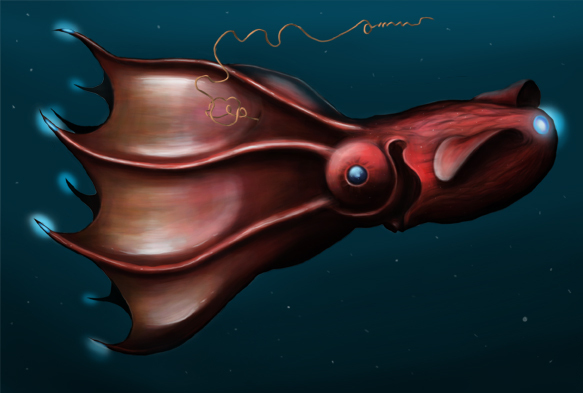
Vampire Squid’s Bioluminescence in Ocean:
- Vampire squid, found in oxygen-poor ocean depths, uses bioluminescence for self-defense.
- Covered with bioluminescent organs, they produce flashes of light when threatened.
- Unique bioluminescence creates confusion and camouflage, not to attract prey.
- Ejects a glowing cloud of mucus to disorient predators and attract larger predators.
- Bioluminescence is essential for survival and communication in their pitch-black habitat.
